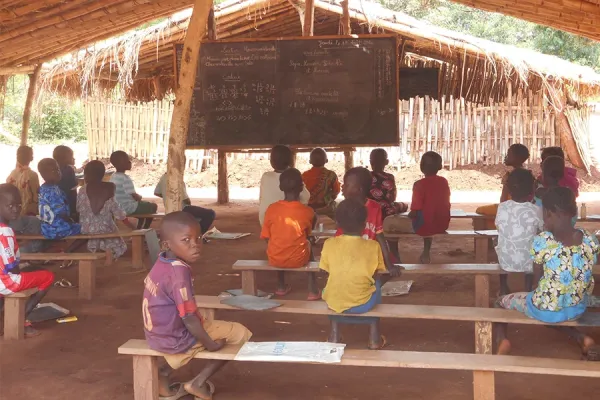Text: O’Connell Davidson, J. (2005) Children in the Global Sex Trade. Pages 25-36, 39-42.
Introduction
Julia O’Connell Davidson is a professor known for her work on human trafficking, human slavery, sexual abuse and children’s rights. The research for her 2005 book on children in the global sex trade was in fact paid for in great part by ECPAT International. However, at the same time she expresses herself as very critical of all NGO campaigns that are depicting commercial sexual exploitation of children (CSEC) as “innocence destroyed” (p.2). In the book she aims to ‘deconstruct the presumed boundary between adults and children in the sex trade’ (p. 3).
Following Jenks, she argues that the extreme emotional reactions following child sexual abuse have ‘intense political significance’, because ‘they work to hierarchize our political order (p. 7). The adult disgust over these practices affirmes the inferiority of children (p. 7), we need children to be unlike us, because ‘children are the ‘gift’ that couples can give to each other in order to secure their own relationship as well as to establish social links with each other’s kin’ (p. 18-19). Finally, the whole of emotions, reactions and significance leads to “big business” for anyone willing to work on child (sexual) abuse (p. 8).
We will zoom in on O’Connell Davidson’s analysis of the understanding of childhood as it has been present in history and different cultures, which she couples to the understanding of social categories “women”, “prostitutes”, “slaves”, and presenting a sharp analysis of ECPAT International discourse..
Possible points of discussion
- How do we and our partners use the image of the ‘child sexual slave’ as ‘a particularly potent symbol of undeserved suffering’ for fund-raising and lobbying (p. 25-26, 31-33, 41-42)? What are the effects of this policy? Do we choose this consciously?
- How does the discourse have effect on us, on our thinking, acting, work, etc?
- How is prostitution understood/treated in different times (p. 27-28)?
- Is there a crucial difference between adult prostitution and child prostitution, and if so, what is it? (p. 29-30, 34-36, 41).
- Is the despising of child prostitution relative to historic times (“after the enlightenment”) and cultural values (focus on Asia, Western values?) (p. 31)?



